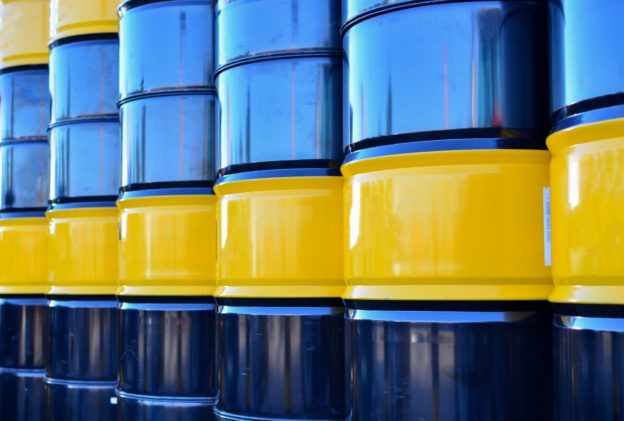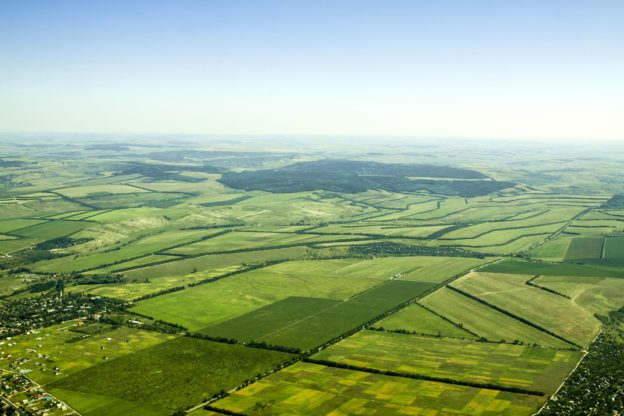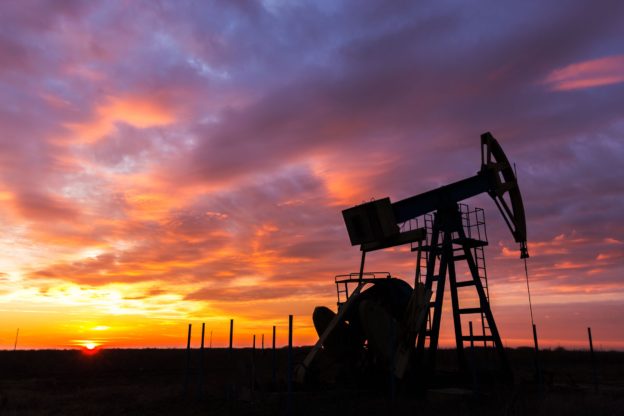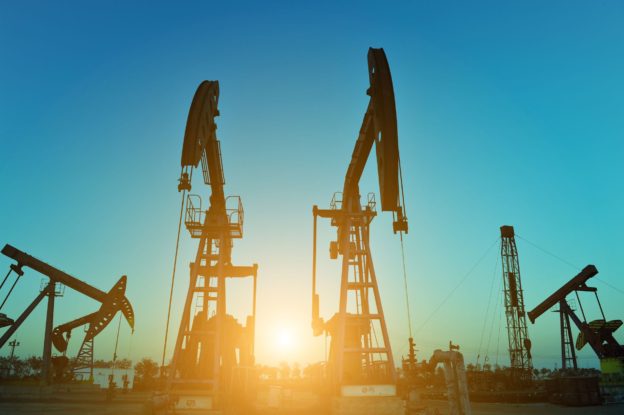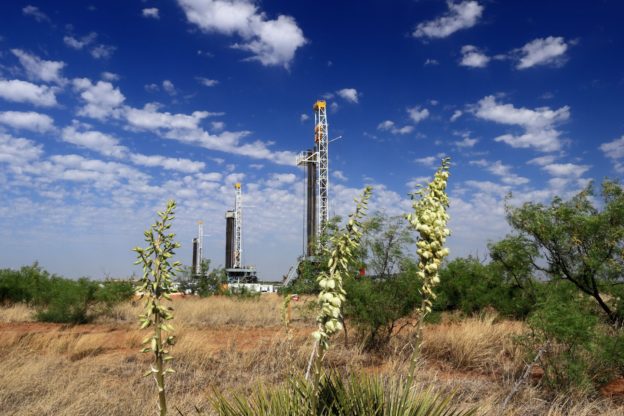By the time oil and gas reaches consumers, the materials have already been measured out and mass-produced from the sites and facilities they originated from. While most people know that oil is measured out by the barrel, most don’t quite understand what that measurement means and how natural gas is measured at a drill site.
Here’s a closer look at how these products are measured at their sites, which will hopefully provide a deeper understanding of the terminology used in current industry articles that discuss results by the measurement.
Measuring On-site Oil and Gas Production
Oil production is measured across the globe in barrels. Barrels can also be referred to through their abbreviated term, “bbl.” One barrel is the equivalent of 42 gallons by the United State’s standards.
Measurements are usually described on daily and quarterly terms. However, the abbreviations used throughout the industry may leave the average person scratching their heads. For example, 1,000 barrels of oil is often referred to as “M,” and 1 million barrels would be abbreviated as “MM.”
So, when someone reading an article sees that a site produced 5 Mbbls per day, that’s the industry’s way of abbreviating 5,000 barrels of oil in one day.
Gas Production Measurements
Gas production is measured in cubic feet or “cf.” Much like oil, natural gas numbers are based on how much is produced per day or per quarter. However, since natural gas seems to be a more plentiful commodity for facilities to harvest, the industry uses abbreviations that reach up into the billions and trillions of cubic feet in the United States.
These abbreviations are “Bcf” for one billion cubic feet and “Tcf” for one trillion cubic feet.
Is Gas Always Measured in Cubic Feet?
While we’ve discussed measuring gas in cubic feet, keep in mind that unlike barrels, cubic feet isn’t something that is used to measure natural gas products across the globe. Across the seas, natural gas is measured in British thermal units (Btu) and can even be reported as cubic meters in order to further simplify the measurement process at a global level.
Learn More About Oil and Gas Industry Practices With Pro-Gas, LLC!
At Pro-Gas, LLC, we are committed to providing facilities and drill sites with our state-of-the-art equipment and highest quality services in the industry. However, we also believe that education in uncertain times for our industry is equally important. So, regardless of if you need the latest updates on the oil and gas market news or if you just need some NGL tanks to transfer some product, we are always here to help. Contact us today to learn more about our products and services.


